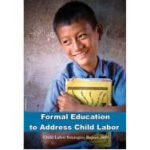
Worldwide, keeping children in formal school and out of working situations has been one the most successful strategies for ending child labor. Under the program, World Education has created scholarship programs and Parent Teacher Associations to enable even the poorest children to receive a formal education. This status report focuses on scholarship support programs and successful approaches for reintegrating working children into school. The booklet also includes lessons learned and best practices for coaching classes, mobilizing parents, improving governance, planning curricula, financing schools, and building teacher capacity. Part of a series of thematic strategies reports that combine with a series of status reports to comprise the final report funded by the U.S. Department of Labor.
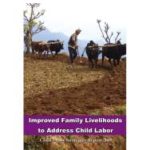
This booklet outlines the strategies to address family poverty in order to help children avoid child labor. Strategies include advice on developing education programs, increasing microfinance access for marginalized households, and helping families to build self-help groups, establish new urban livelihoods, and solidify community networks, savings and credit. This report highlights World Education’s approaches, lessons learned, impact, and a cost benefit analysis by district. Part of a series of thematic strategies reports that combine with a series of status reports to comprise the final report funded by the U.S. Department of Labor.
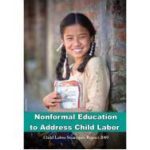
Flexible programs offering a range of levels and approaches are needed to transition younger children to the formal education system and to prepare older children for vocational education. This report looks at Nepal’s background in nonformal education and the initiatives that World Education’s program developed for working children and children-at-risk. The document features success stories, best practices and future directions for the various programs: Matching learners with curricula, Girls Access to Education (GATE), curriculum development, flexible schooling, bridging to formal education, ethnic and regional considerations, open learning centers, facilitator training, microfinance. Part of a series of thematic strategies reports that combine with a series of status reports to comprise the final report funded by the U.S. Department of Labor.
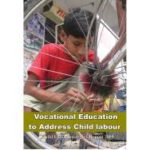
For many children in Nepal, vocational training is often the best option to escape exploitative labor situations. This report highlights approaches that the program uses to provide working children with access to vocational education programs, apprenticeships, and career-planning workshops. The booklet also includes information about self-employment and economic education programs (SEEP), life skills, girls in adult entertainment, agro-forestry and rural livelihoods, challenges, lessons learned, and success stories. Part of a series of thematic strategies reports that combine with a series of status reports to comprise the final report by the U.S. Department of Labor.
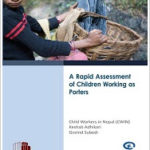
The overall objective of conducting rapid assessments of the worst forms of child labor in general and portering by children in particular was to identify the number of children under 18 years of age involved in the sector at the national and sub-regional levels as well as to assess the underlying socio-economic, cultural, and family-level factors driving children into portering within the context of local- and national-level labor and product market dynamics.
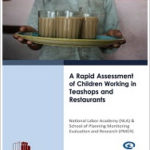
The primary objective of this rapid assessment study was to assess the situation of children working in teashops and restaurants in Nepal and estimate the incidence of child laborers within this sector. The survey was conducted in ten districts.
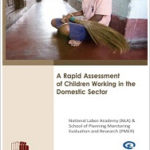
The rapid assessment research aims to update and analyze the extent and situation of domestic child labor in Nepal including incidence, type of work, work load, work time and working conditions. It also has described personal and family characteristics along with suggesting mechanisms to combat the problems.
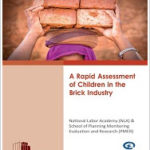
The primary objectives of this rapid assessment study of child labor in the brick industry in Nepal were to characterize children working in brick factories and estimate the incidence of child laborers working in the brick industry. The rapid assessment survey was conducted in ten districts.
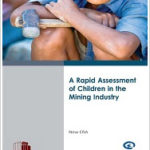
The key objective of this study is to provide updated information on the current situation of children in Nepal engaged in the mining sector using the rapid assessment methodology developed by ILO/UNICEF in 2000. In this rapid assessment, surveys have been conducted in 16 districts, using a sample size of 400. World Education, 2012.
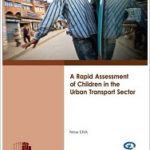
The key objective of this rapid assessment research is to provide updated information on the current situation of children in Nepal engaged in the transport sector. The overall analysis of quantitative and qualitative data is primarily guided by the two major ILO Conventions, namely, UN Convention on the Rights of the Child (CRC), and Convention on Worst Form of Child Labor (WFCL).
